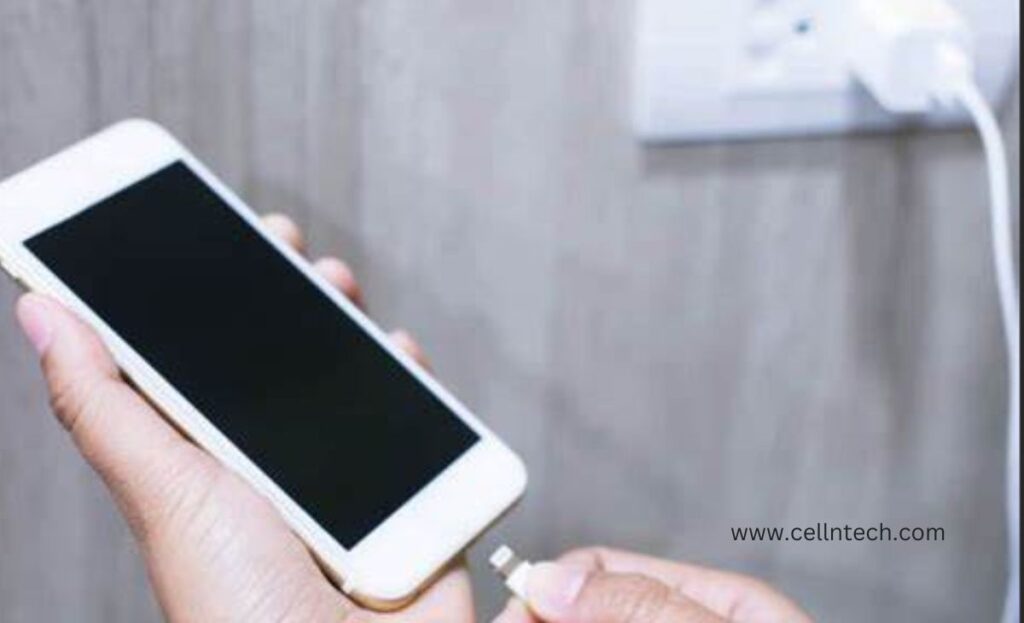Phone
How To Dry Charging Port iPhone 11
Our smartphones, particularly models like the iPhone 11, have become essential tools in our daily lives, keeping us connected, informed, and entertained. However, accidents happen, and exposure to liquids is a common mishap that can potentially damage these valuable devices. If you find yourself facing a wet iPhone 11 charging port, don’t panic.
When dealing with a water damaged iPhone 11 charging port, effective drying involves a series of careful steps. Starting with powering off the device to prevent electrical shorts due to moisture, it progresses to gathering necessary supplies including a lint-free cloth, cotton swabs, and isopropyl alcohol. Excess liquid is removed through a gentle shake and wiping with the cloth, followed by a meticulous cleaning with isopropyl alcohol. The process avoids heat sources and incorporates the use of silica gel packs or rice for moisture reduction. After a drying period, the charging port is visually inspected before testing the device’s functionality.
Future incidents are prevented by employing protective cases, avoiding liquid-prone environments, being weather-aware, and periodically inspecting and cleaning ports. We have curated this comprehensive blog by Mobile phone shop in Calgary, to walk you through the process of safely and efficiently drying your iPhone 11 charging port.
How to Dry Charging Port iPhone 11
In this guide by Cell N tech, we will discover best ways to dry out iPhone charging port.
Step 1: Power Off Your iPhone 11
The very first thing you should do when you discover liquid in your iPhone 11 charging port is to power off the device. This initial action is crucial to prevent any electrical shorts that might occur due to the presence of moisture. Turning off the iPhone 11 ensures that no current is running through the circuits, minimizing the risk of damage.
Step 2: Gather Supplies
Before attempting to dry your iPhone 11 charging port, gather the necessary supplies. You’ll need a lint-free cloth, cotton swabs, and isopropyl alcohol (preferably 90% or higher). Isopropyl alcohol is an effective solution for displacing water and speeding up the drying process. Avoid using items like hairdryers or compressed air, as these can potentially push water deeper into the device.
Step 3: Remove Excess Liquid
Gently shake your iPhone 11 with the charging port facing downwards to encourage any excess liquid to drip out. Remember, don’t shake it too vigorously, as this might inadvertently spread the liquid to other parts of the device. Next, use a lint-free cloth to carefully wipe away any visible moisture from the exterior of your phone. Avoid inserting any objects into the port to prevent further damage.
Step 4: Clean with Isopropyl Alcohol
Dampen a cotton swab or corner of the lint-free cloth with isopropyl alcohol. Gently insert it into the charging port and use a swirling motion to clean the interior. The alcohol will help displace any remaining moisture and aid in the drying process. Allow the port to air dry for a few minutes before proceeding to the next step.
Step 5: Rice or Silica Gel Packs
While some methods like using rice have been debunked as less effective, using silica gel packs can help remove moisture from your iPhone 11 charging port. Place a few silica gel packs in a sealable plastic bag and insert your iPhone, ensuring it’s not directly touching the gel packs. Seal the bag and leave it for at least 24 hours. While this method may not guarantee complete drying, it can be useful in reducing moisture levels.
Step 6: Avoid Heat Sources
Contrary to popular belief, exposing your iPhone 11 to direct heat sources like hair dryers or radiators is not recommended. High heat can potentially damage the internal components of the device or even warp the battery. Stick to safer and gentler methods for drying.
Step 7: Test The Charging Port
After the recommended drying period, carefully remove your iPhone 11 from the bag with the silica gel packs. Before attempting to power it on or plug it in, visually inspect the charging port to ensure it’s dry. You can use a flashlight to get a better view. If you’re confident that the port is dry, you can proceed to test your iPhone.
Step 8: Power On and Test Charging
Turn on your iPhone 11 and test the charging port functionality. Plug in your charger to see if the phone recognizes it and starts charging. Additionally, you can test data transfer by connecting your iPhone to a computer. If everything works as expected, it’s a positive sign that your drying efforts were successful.
Preventing Future Incidents
To avoid future encounters with a wet charging port on your iPhone 11, consider these preventative measures:
- Use Protective Cases: Invest in a case that covers your iPhone’s ports to prevent liquid from seeping in.
- Be Mindful of Liquids: Keep your iPhone away from environments where liquids are present, such as kitchens or bathrooms.
- Weather Awareness: Avoid using your iPhone 11 in rainy or damp conditions.
- Regularly Inspect Ports: Periodically check your charging port for debris or moisture, and clean it gently.
Wrapping Up
All in all, discovering a wet iPhone 11 charging port can be unnerving, but following the right steps can significantly increase your chances of a successful recovery. By acting swiftly, powering off your device, using the proper supplies, and employing careful drying methods, you can effectively prevent potential damage caused by liquid exposure. Remember to avoid heat sources and test your charging port only when you’re confident it’s thoroughly dry. Practicing preventative measures will also help safeguard your iPhone 11 from future mishaps, ensuring that it continues to serve you reliably in the long run.
Finally, if you’re in search of specialized cell phone repair services in Calgary for iPhone 11 charging port problems, your best option is Cell N Tech. Our comprehensive repair services include unparalleled solutions for iPhone battery replacement and iPhone screen repair, all provided at the most competitive and affordable rates.




